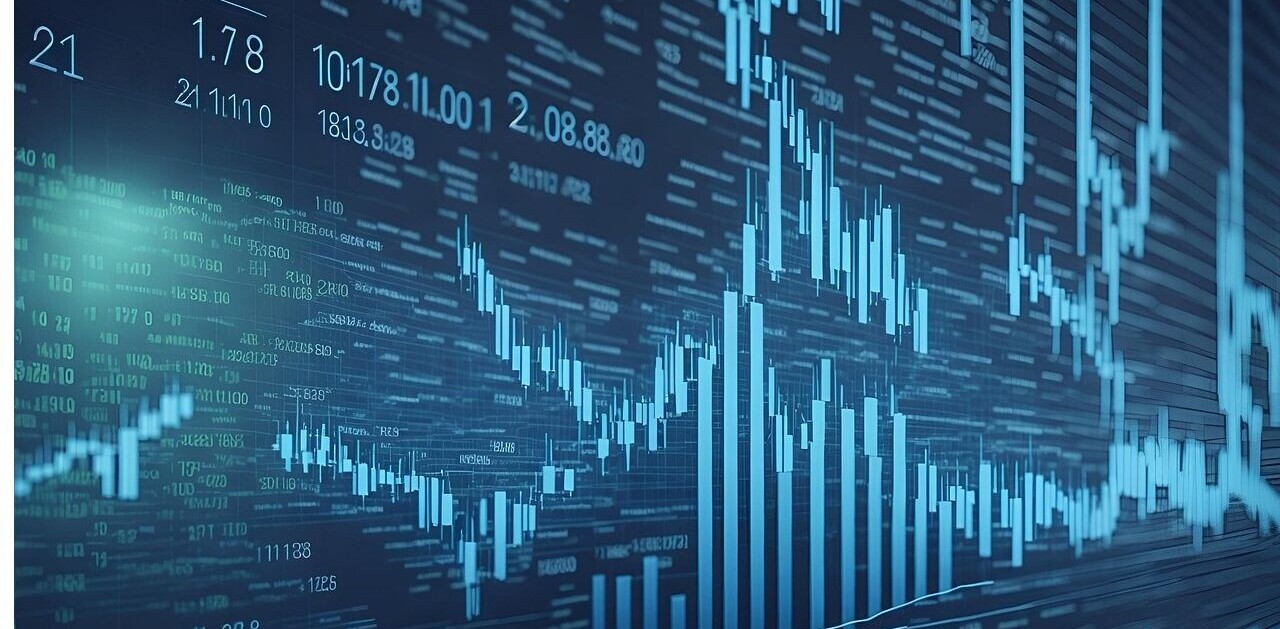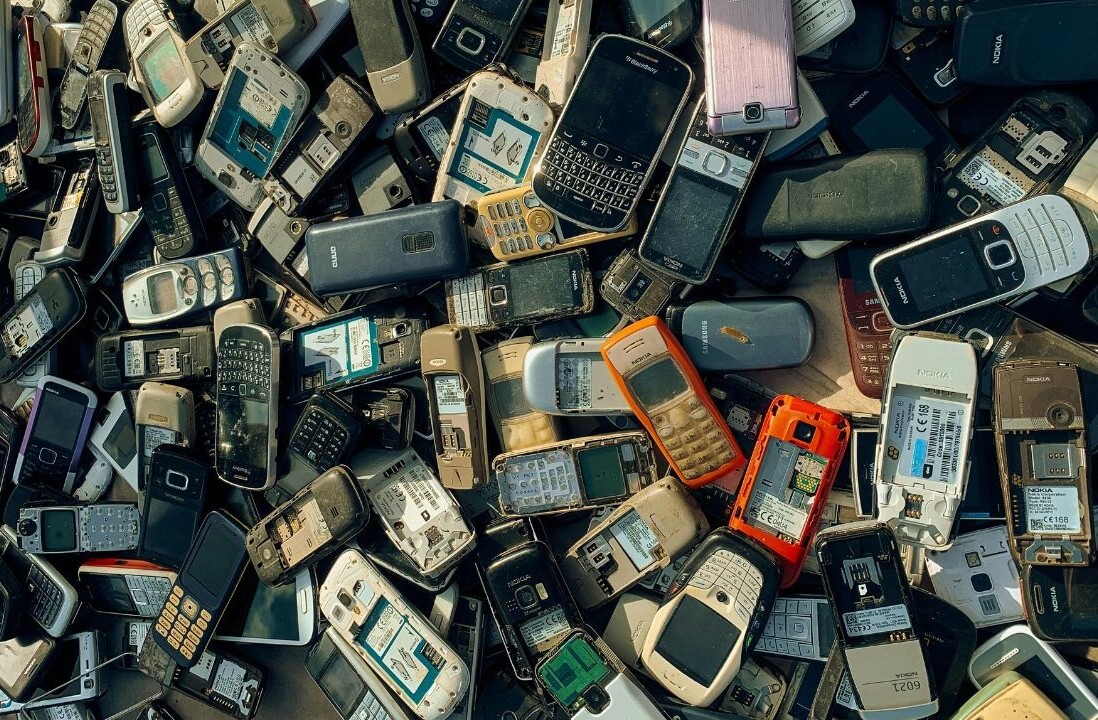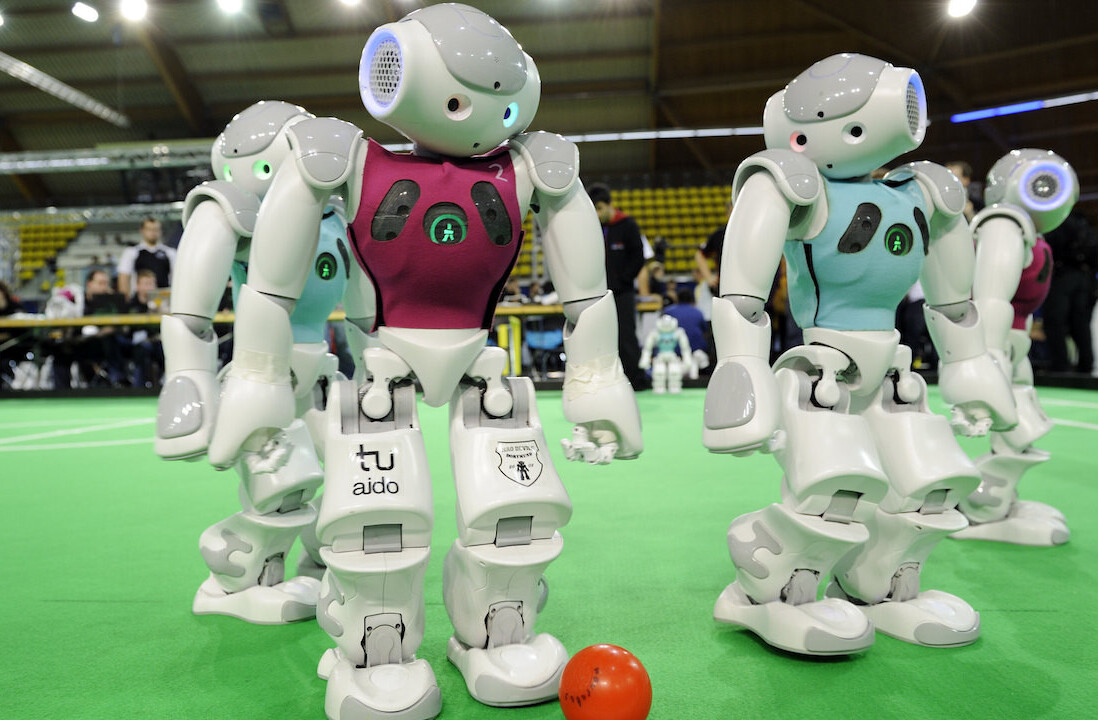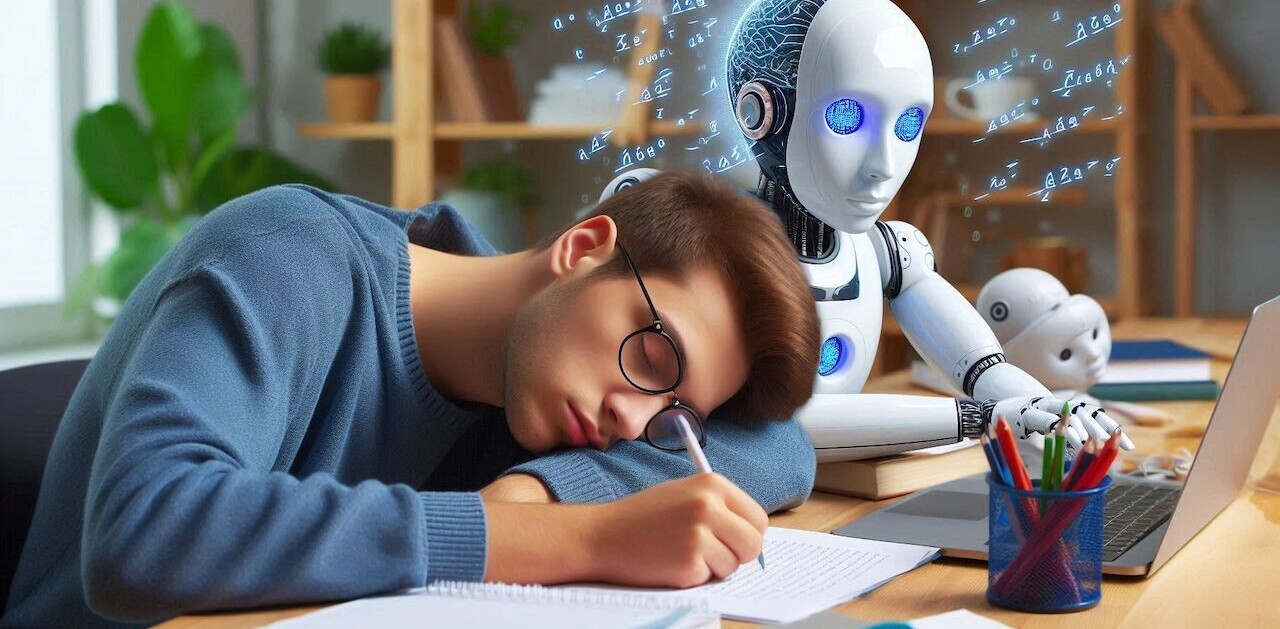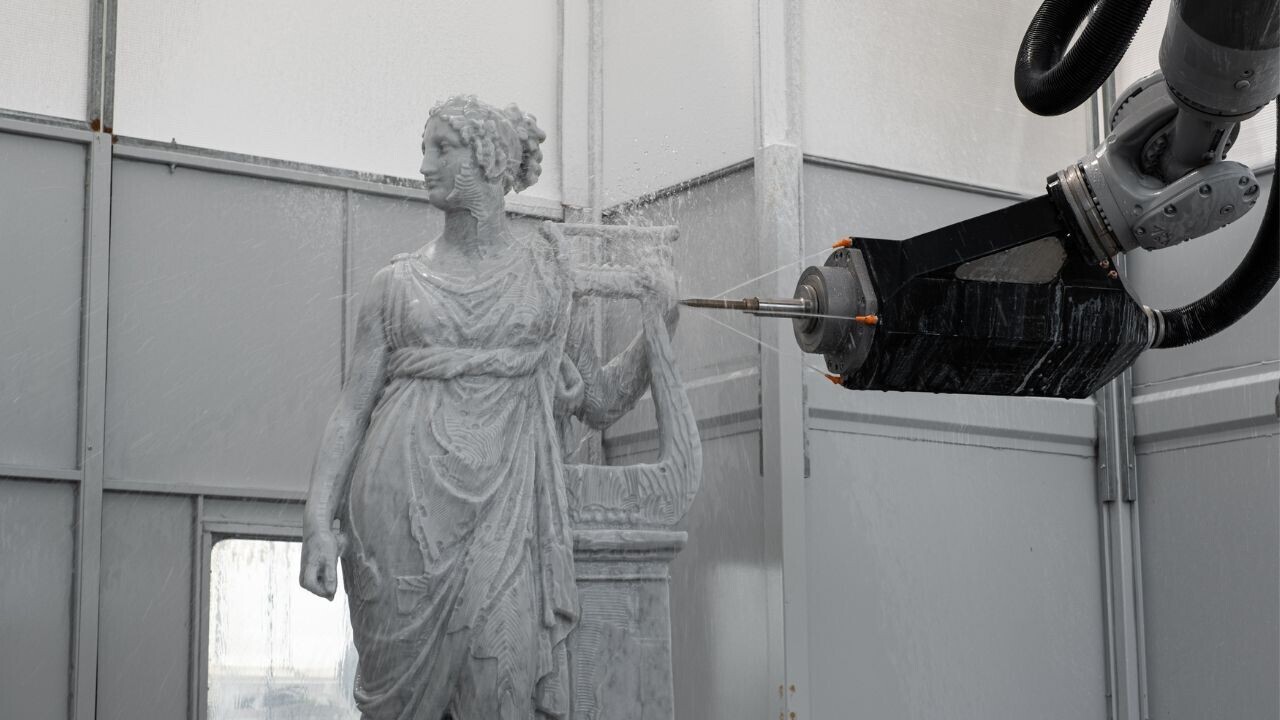
Carrara, the Italian city famous for some of the world’s finest marbles, has given birth to the masterpieces of Renaissance masters, such as Michelangelo and Antonio Canova. Now, right in the heart of the city’s quarry district, a startup aims to carve a new era of sculpture in which robots pick up — or rather become — the chisel.
Founded by Filippo Tincolini and Giacomo Massari, Robotor’s mission is to revolutionise the industry by simplifying the sculpting process with the use of robotics and artificial intelligence. The aim is to make sculpture faster, easier, and more sustainable, while enabling artists to create works that would otherwise be inconceivable.

Drawing from research and the interaction between art, the local area, tradition, and technology, the startup has developed a robot chisel, driven by self-programming software.
It all started in 2004, when Tincolini founded Torart, a company specialising in merging sculpture, contemporary art, and design with the application of new technologies. Torart developed the first robot two years later, and in 2010 Giacomo Massari joined the team as well.
Following increasing orders, collaborations with world-renowned artists such as Barry X Ball, and the creation of the Arch of Palmyra replica — after the original was destroyed by ISIS in 2015 — the duo founded Robotor in 2019. The size and funding of the company remain undisclosed.
“Our robots are born from sculptors for sculpture,” co-founder Giacomo Massari tells TNW. “They are born from those who perfectly know traditional sculpture in a territory, Carrara, which is the homeland of sculpture.”
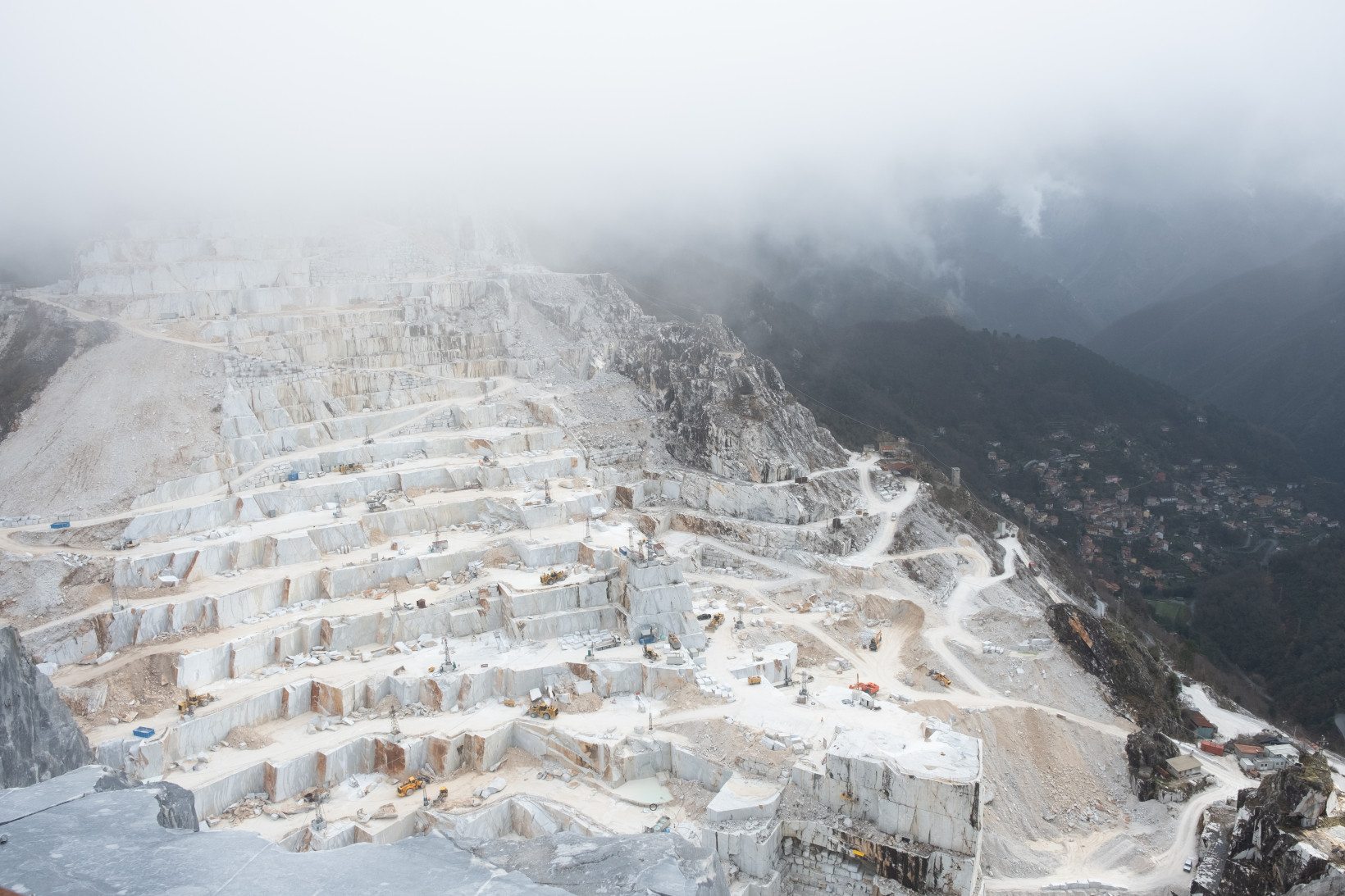
The idea behind their development is “to entrust a robot with tiring work,” Massari adds. “But the entire Robotor project is born from a precise philosophy that is the ‘daughter’ of 18 years of experience in stone processing.”
Putting the robot sculptors to work
The robotic system consists of a mechanical arm that uses electro-spindles of various sizes and capacities, and features an automatic tool change function.
The arm is mounted on a multifunctional, modular base, which contains the necessary electrical and hydraulic components. It’s also accompanied by a seventh-axis rotary table, where the marble and future sculptures stand. The table rotates in full interpolation with the robot’s movements, making the most of its flexibility, and can support a workload of up to 50 tonnes.
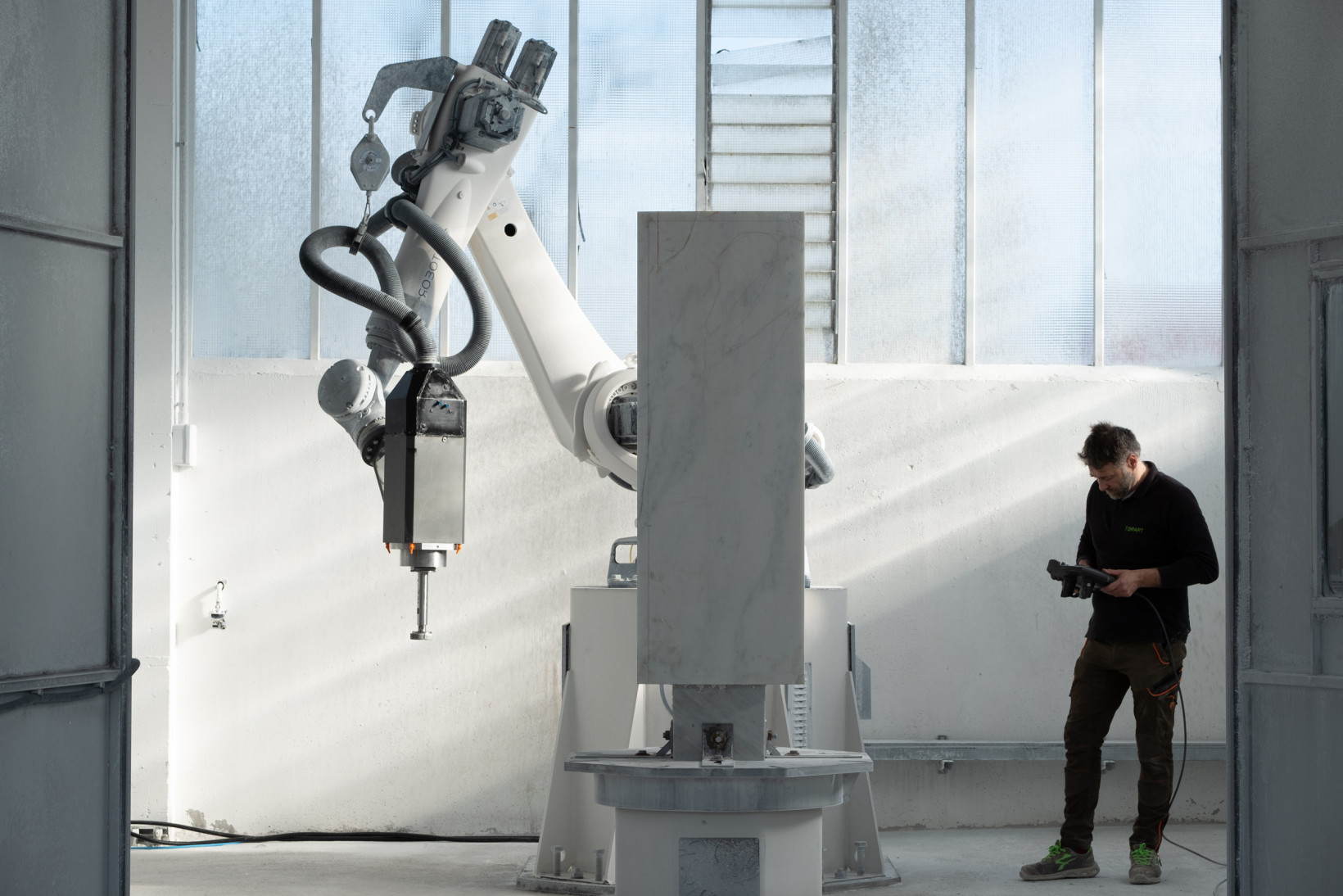
At the heart of Robotor’s system is the company’s proprietary software, called OR-OS — designed either for programming by expert operators, or for fully automated self-programming.
The software takes a 3D model and automatically generates an optimised workflow and tool paths without requiring human intervention. It then simulates the process internally to identify any potential issues before sending the instructions to the robotic chisel.
Based on the selected work path, the OR-OS software prompts the robot to choose which types of products and tools it will use for the different stages of the production process: from sculpting, to polishing and cleaning.
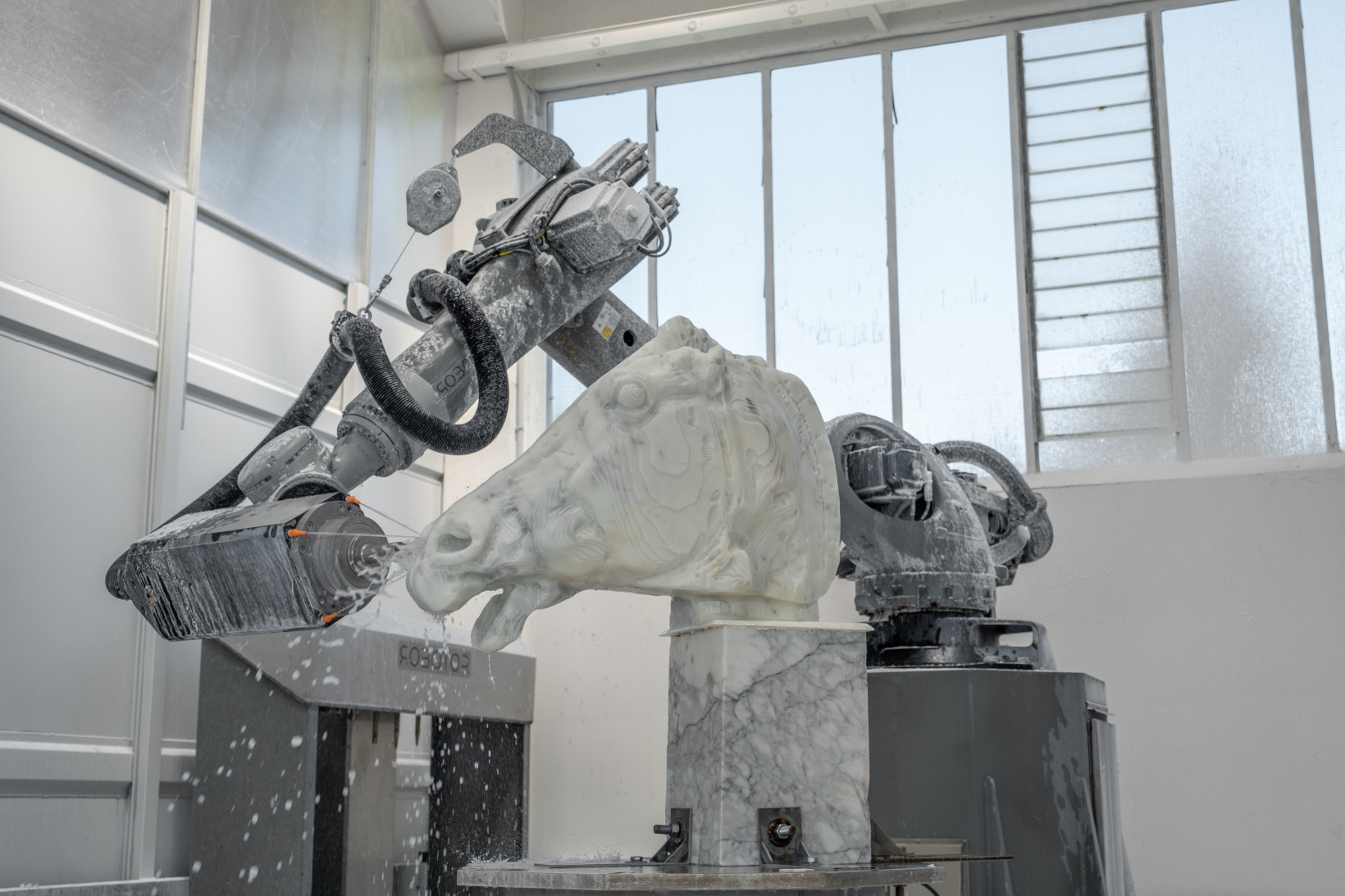
The robot then analyses the stone or material it’s going to work on, and reviews its shape and properties, to identify where and how it can be carved, before moving to production.
Besides the robot’s ability to work fully autonomously, users can also opt for programming it and choose the work path it’s going to follow. They’re also able to control various machine functions in real time, including speed adjustment, and monitor the status of the robot and its components, conveniently receiving alerts in case any anomalies occur.
From the human to the robotic hand: speed, accuracy, and innovation
Robotor’s mechanical sculptors come with an array of intriguing advantages.
First off, the robots are designed to eliminate all the tiring phases of the production process, work in extreme environments that would otherwise be endangering humans, and avoid any human error.
“The use of appropriate tools combined with the optimisation of work paths allow for machine use without interruptions 24/7, responding to the need for precise control of work times and costs,” Massari says. This, according to the co-founder, translates into a significant reduction of execution times and expenses.
While cost savings are difficult to quantify, Massari notes that a work of art can, on average, be created by the robots in one-tenth the time that traditional techniques require — excluding manual finishing.
Despite this fast pace, Robotor’s sculptors boast an impressive level of accuracy.
To demonstrate this, Massari mentions the reproduction of The Muse Terpsichore, a famous sculpture completed by Canova in 1811, which was featured in the exhibition “A tempo di danza” at Vetulonia’s Archaeological Civic Museum. The museum opted to display the replica without any hand finishing to avoid confusion between the copy and the original.
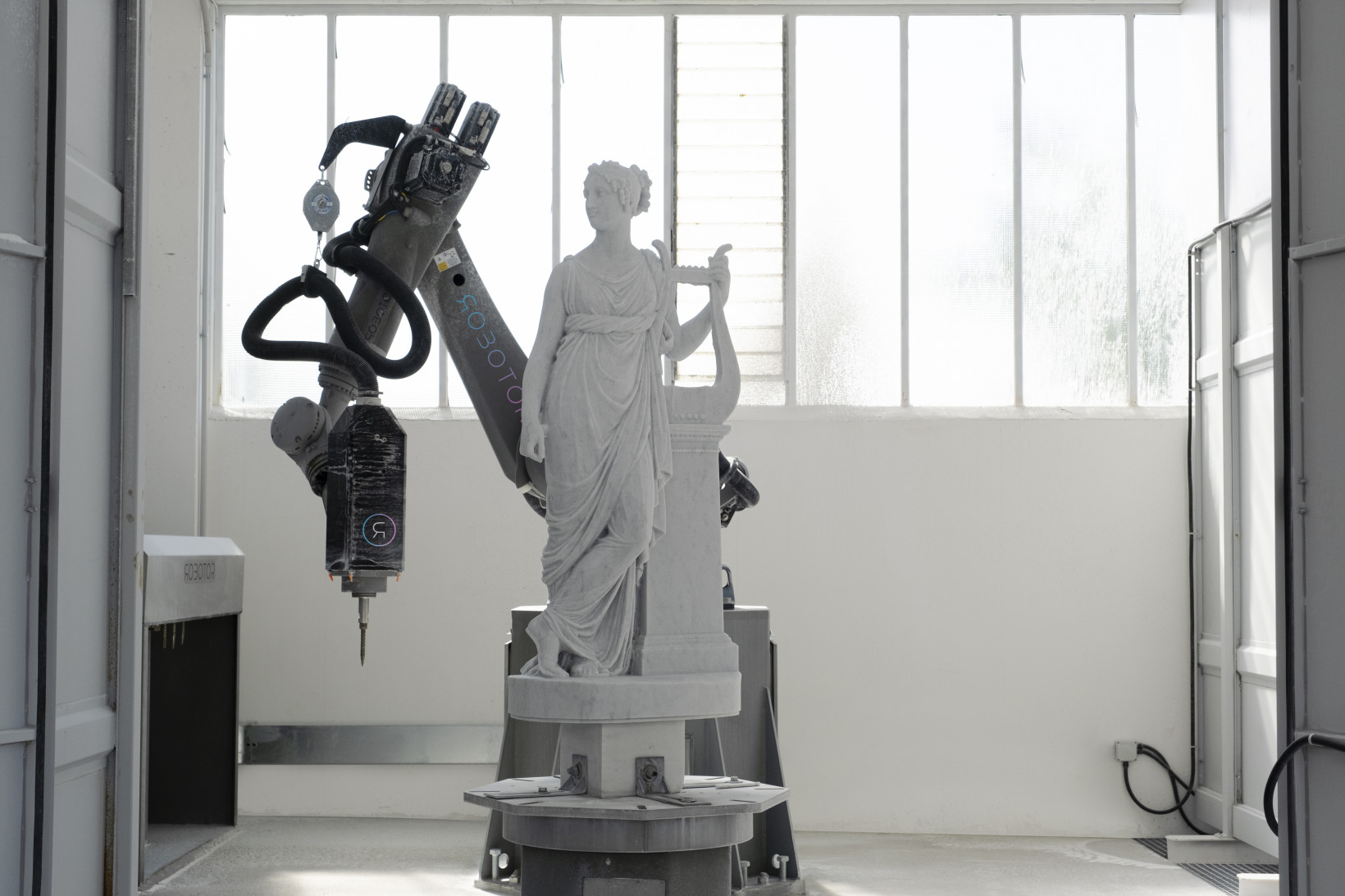
Most notably, Massari believes that the robotic chisels can push the boundaries of sculpture, by allowing artists to create works that would have been “inconceivable” before the robots’ facilitation.
“Artists who collaborate with us, such as Quayola and Barry X Ball, present themselves to the public with never-before-seen sculptures designed to be realised with the support of a robotic system, and exploiting its peculiarities,” he says.
“Every work of art is primarily determined by the materials available to the artist and their ability to manipulate them.”
The robots’ diamond-tipped tools that extract material without breaking or splitting it, open new possibilities for material use as well, including conglomerates of stones and earth that can not be processed with traditional methods.
This, according to Massari, is also linked to sustainability, which is accentuated by the software’s 3D model simulation and work path optimisation. That way, the marble block can be excavated with precise knowledge of the final artwork’s dimensions, without any waste.
While suitable for any stone product, Massari says, the robots are mainly targeting three market groups: traditional sculpture workshops aiming to introduce robotics into their production line, artists who wish to manage all creation phases themselves, and designers who produce their own pieces directly. And thanks to their self-programming software, Robotor’s machines are accessible to everyone.
Apart from facilitating the creation of novel artworks, Robotor gains its main satisfaction from the preservation and communication of cultural heritage through the reproduction of great works of the past.
Such an example is the Arch of Palmyra, which was reproduced on a 1:3 scale, based on photographs taken during a documentation campaign of the archaeological site.

The replica was created in five weeks using 20 tonnes of Egyptian marble, technologically ‘reviving’ the 2,000-year-old monument destroyed by ISIS. In 2016, it was displayed in Trafalgar Square in London, and the City Hall Park in New York.
Another example is Amore e Psyche, one of Canova’s most famous sculptures, completed in 1793 after five years of work, and exhibited at the Louvre Museum.

In 2020, Robotor’s replica was manufactured in just over 10 days, and was featured in the exhibition “Eterna belezza” in Rome, along with 170 other artworks from museums around the world.
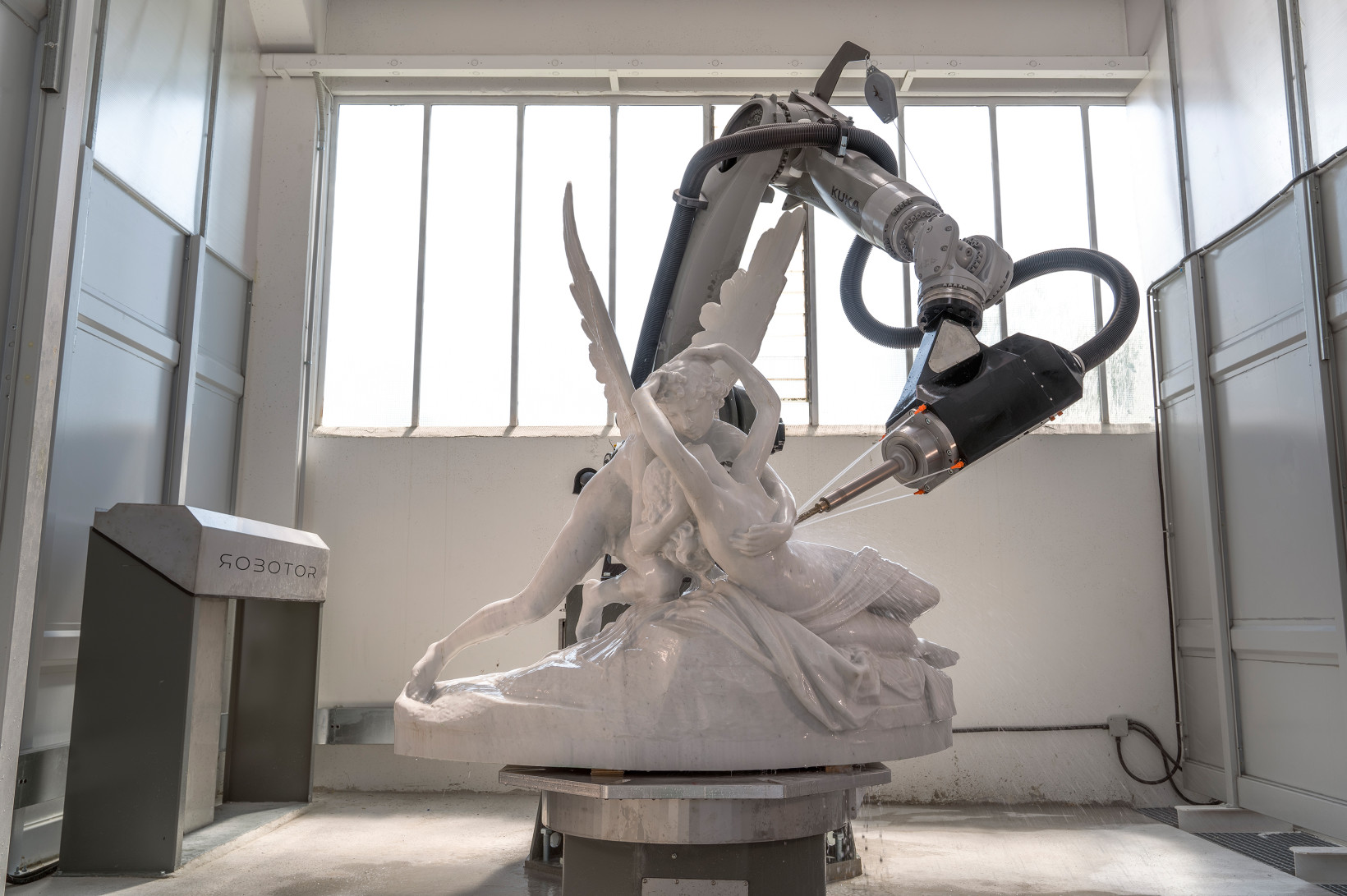
In 2022, the startup made a total of some 400 sculptures. Massari didn’t disclose the price of the machines or the cost for commissioning a sculpture.
Human vs robot: who is the real creator?
Robotor’s mechanical sculptors are fast, accurate, and efficient, and can even rival the works of Renaissance masters. This bids the question: is there enough space for human agency?
Massari’s answer is succinct: the robot will never replace the artist. “It is not a creative, but a mere executor,” he emphasises.
For the co-founder, the robotic chisels are essentially replacing the laborious and time-consuming work that artists would normally entrust to specialised laboratories to execute their vision.
“It is rare to see the artists themselves executing all the phases,” explains Massari, noting that they may intervene in the finishing phase directly, or by giving precise instructions.
“This was how Michelangelo operated, and it is how artists operate today,” he adds.
In fact, he explains that the creative process hasn’t changed at all. Sculptors have used clay or plaster sketches for centuries before moving on to marble work. Today there is one more step: a 3D model that’s created from the sketch, which is essential for the software that controls the robot.
And by replacing the traditional strenuous and time-consuming production process, Robotor aims to actually expand the creative possibilities of artists.
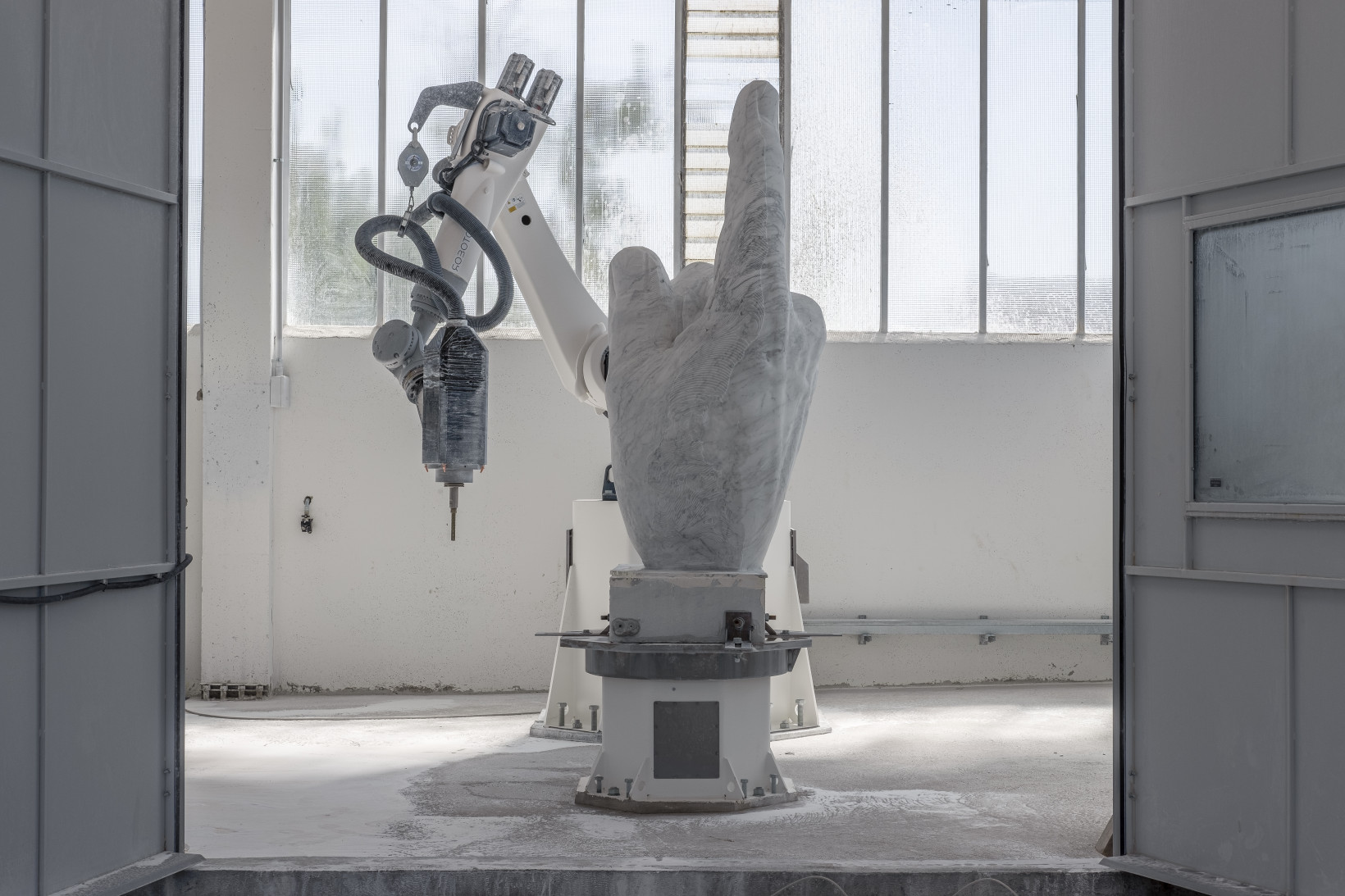
“The history of art is a continuous history of innovations,” says Massari. “Artists have always relied on technological knowledge and ingenuity to find the materials and tools they need to express their dreams, thoughts, visions, or beliefs. And innovation has always had an impact on the way art is made.”
The startup’s ultimate goal is to usher in a new era of sculpture, in which human artists’ expression is supported and expanded through the use of robotics and AI. As the co-founders put it, “this era no longer consists of broken stones, chisels, and dust, but of scanning, point clouds, and design.”
Get the TNW newsletter
Get the most important tech news in your inbox each week.

